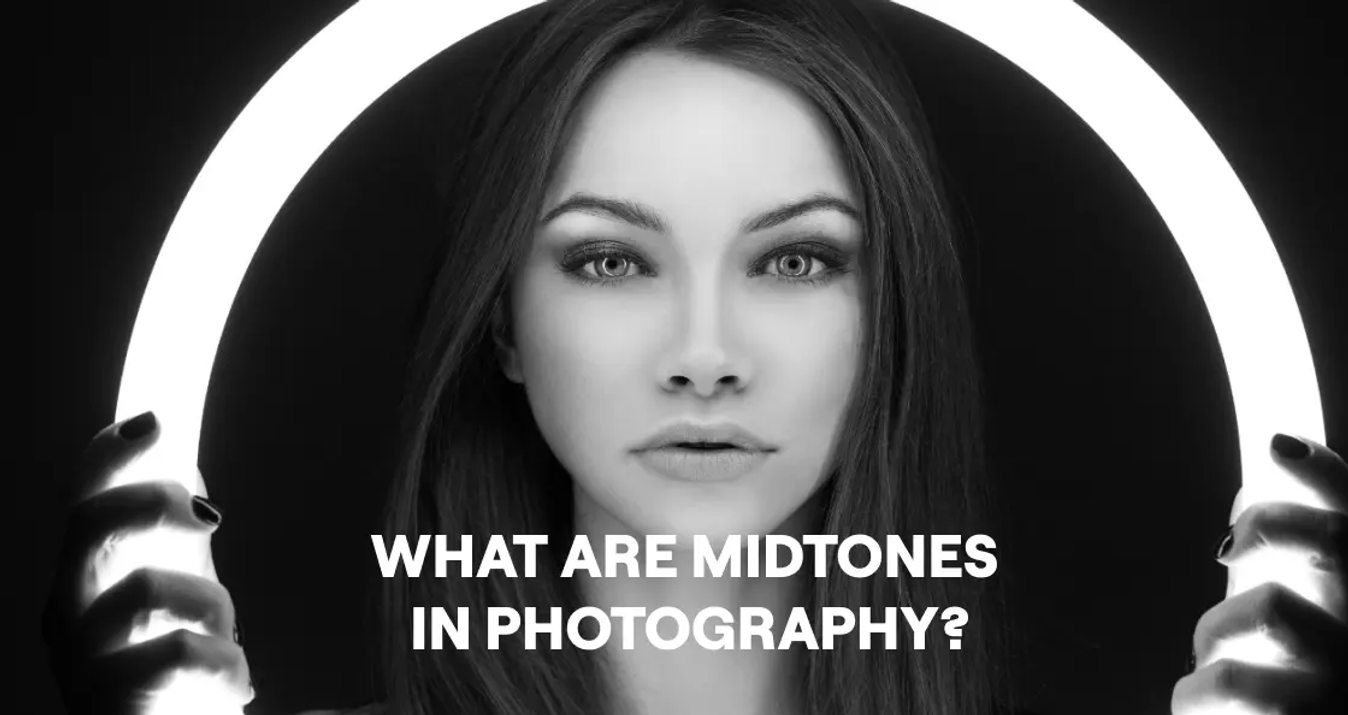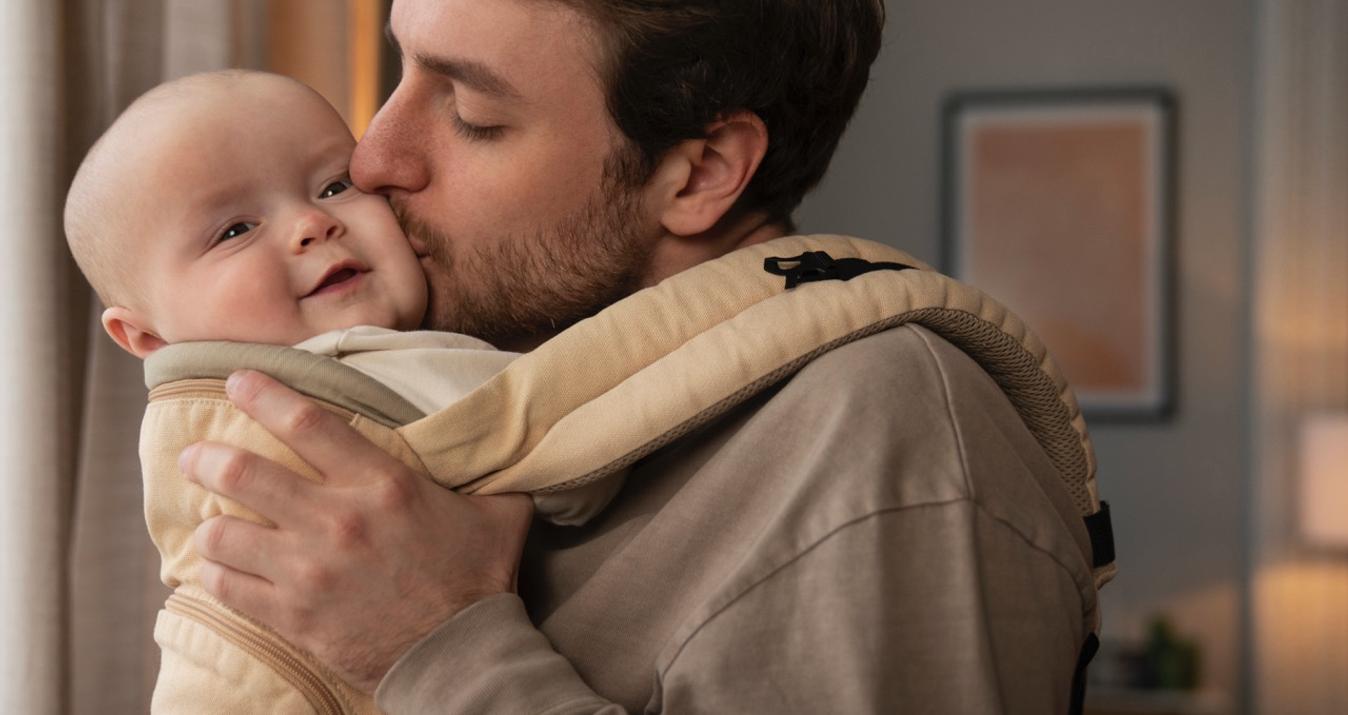The Rule of Odds in Photography
Last Updated on August 05, 2025

Want to instantly improve your compositions? The rule of odds photography might just be your new best friend.
Photography is about capturing moments that make people feel something—whether it’s a story, emotion, or beautiful scene. The rule of odds is one surprisingly simple trick that can make your photos stand out. This easy-to-use composition technique helps bring more balance and interest to your shots. Whether you’re out hiking and shooting landscapes, taking portraits of friends and family, or just playing around with objects at home, the rule of odds can seriously level up your photos. So, what is it exactly—and why does it work so well across so many styles? Let’s break it down.
What is the Rule of Odds in Photography and How Does it Work?
 At its core, the rule of odds photography is about composing an image with an odd number of subjects—typically three, five, or seven—to create a more dynamic and engaging composition. Our brains naturally find uneven groupings more appealing than even ones because they prevent symmetry from feeling too static or predictable. Using an unusual count of elements in a photo naturally keeps the viewer’s eye moving around the frame. It adds balance, but without making the image feel stiff or too perfect.
At its core, the rule of odds photography is about composing an image with an odd number of subjects—typically three, five, or seven—to create a more dynamic and engaging composition. Our brains naturally find uneven groupings more appealing than even ones because they prevent symmetry from feeling too static or predictable. Using an unusual count of elements in a photo naturally keeps the viewer’s eye moving around the frame. It adds balance, but without making the image feel stiff or too perfect.
Take a picture of three wildflowers, for example. Your eye goes to the center flower first, then shifts to the ones on either side—creating a smooth, almost rhythmic flow. Now imagine four flowers instead. The eye tends to split them up into two tidy sets, which can make the whole composition feel less cohesive or even a little clumsy.
The rule of odds works because our eyes catch a small imbalance. It appears more natural and inviting. But it’s not just about using uneven numbers—it’s the manner in which those pieces interact with one another to lead the viewer’s eye. From seeing three trees scattered over a hill to five disparate coffee cups on a table, photography’s irregular-numbered composition makes the scene look purposeful and effortless to connect with.
Your AI-Powered Photo Editor for MacOS and Windows
Discover Now!How to Apply the Rule of Odds in Photography
Using the rule of odds is simpler than you might think—and more flexible than you might expect. How you use it comes down to your subject and the story you’re trying to tell. Here are three effective ways to make it part of your creative process.
Triangular Composition
 Triangular composition is one of the best ways to use odd-numbered groupings. Placing three subjects in a triangle stance provides a natural center of interest without compromising balance. For instance, if you are taking a portrait, you can position three people directly in a triangle, with one leaning forward and the other two entering at an angle behind. This position directs the eye to the middle person while the others give information and depth.
Triangular composition is one of the best ways to use odd-numbered groupings. Placing three subjects in a triangle stance provides a natural center of interest without compromising balance. For instance, if you are taking a portrait, you can position three people directly in a triangle, with one leaning forward and the other two entering at an angle behind. This position directs the eye to the middle person while the others give information and depth.
To try this, use photo editing software for beginners to crop the placement or increase the lighting to emphasize the triangular shape. The triangle does not have to be perfect—only enough to guide the viewer’s eye naturally.
Linear Composition
 Linear composition involves placing odd-numbered subjects in a row or along a line, such as three birds on a fence or five stones along a riverbank. This technique works well because it creates a dynamic yet still structured rhythm. The key is to place the elements unevenly so as not to have a dull look. For example, place two birds together and the third slightly further away to introduce visual interest.
Linear composition involves placing odd-numbered subjects in a row or along a line, such as three birds on a fence or five stones along a riverbank. This technique works well because it creates a dynamic yet still structured rhythm. The key is to place the elements unevenly so as not to have a dull look. For example, place two birds together and the third slightly further away to introduce visual interest.
During editing, you can utilize a tool like Luminar Neo to enhance the contrast between the background and subjects, making your linear composition more pronounced. You can also decrease or boost the exposure or apply a masking layer to emphasize the focal point without overpowering the scene.
Using the Rule of Odds in Framing and Positioning
 Framing and placement are very important when using the rule of odds in photography. Position your subjects off-center using the rule of thirds grid to enhance your uneven-number composition. For example, when photographing three sailboats, place one close to the left third, the second in the middle, and the third to the right third. This provides movement and keeps the picture from becoming stagnant.
Framing and placement are very important when using the rule of odds in photography. Position your subjects off-center using the rule of thirds grid to enhance your uneven-number composition. For example, when photographing three sailboats, place one close to the left third, the second in the middle, and the third to the right third. This provides movement and keeps the picture from becoming stagnant.
Experiment with angles and perspectives. Shooting from a low perspective can dramatize the three trees, and a high perspective will emphasize the design of the five shells on the beach. Image stacking software will enable you to combine multiple images to have all of them in sharp focus, especially in difficult light.
Rule of Odds in Different Photography Styles
One of the things that makes rule-of-odds photos so beautiful is that they can be adapted to any genre. This method will improve your snapping skills regardless of the style, be it panoramic landscape or personal portrait. This is how it is done in the various styles of photography.
Landscape Photography
 In landscape photos, using the rule of odds can really make big, open scenes feel more personal. Picture three rock formations out in the desert or five trees scattered along a foggy valley. These uneven elements give the eye something to focus on and help guide you through the wide view. For example, if you’re shooting a sunset, framing three dark hills against the glowing sky can create a strong point that balances the horizon. When editing landscapes, try a free Mac photo editor to adjust colors and contrast, ensuring your odd-numbered subjects stand out against the background.
In landscape photos, using the rule of odds can really make big, open scenes feel more personal. Picture three rock formations out in the desert or five trees scattered along a foggy valley. These uneven elements give the eye something to focus on and help guide you through the wide view. For example, if you’re shooting a sunset, framing three dark hills against the glowing sky can create a strong point that balances the horizon. When editing landscapes, try a free Mac photo editor to adjust colors and contrast, ensuring your odd-numbered subjects stand out against the background.
Portrait Photography
 Portraits often look more balanced with odd-numbered arrangements, especially in group shots. Three subjects in a triangular or staggered arrangement are more relaxed than an even number, which tends to look staged or symmetrical. For instance, in a family portrait, place the child slightly forward with angled parents in the back to create a balanced but dynamic group. You can retouch portraits with the best software for picture editing to soften skin tones or adjust lighting so that the group with an odd count is always the focal point.
Portraits often look more balanced with odd-numbered arrangements, especially in group shots. Three subjects in a triangular or staggered arrangement are more relaxed than an even number, which tends to look staged or symmetrical. For instance, in a family portrait, place the child slightly forward with angled parents in the back to create a balanced but dynamic group. You can retouch portraits with the best software for picture editing to soften skin tones or adjust lighting so that the group with an odd count is always the focal point.
Still Life and Product Photography
 In still life or product shooting, the rule of odds pictures shines by adding elegance and balance. Arrange three apples or five candles on a table, varying their sizes or positions to create depth. The odd number prevents the arrangement from feeling too uniform, making the photo more engaging. Use a background image remover to isolate your figures and create a clean, professional look that highlights the grouping with an odd count.
In still life or product shooting, the rule of odds pictures shines by adding elegance and balance. Arrange three apples or five candles on a table, varying their sizes or positions to create depth. The odd number prevents the arrangement from feeling too uniform, making the photo more engaging. Use a background image remover to isolate your figures and create a clean, professional look that highlights the grouping with an odd count.
Street and Documentary Photography
 Street and documentary photography use odd-number composition to capture candid moments with purpose. A photo of three strangers waiting at an intersection or five pigeons on a park bench, for example, appears spontaneous yet composed. The odd number helps convey the spontaneity of real life while maintaining visual balance. When editing street photos, discreet tweaks like bumping up contrast or desaturating colors can emphasize the uneven-count subjects without making the scene feel overwrought.
Street and documentary photography use odd-number composition to capture candid moments with purpose. A photo of three strangers waiting at an intersection or five pigeons on a park bench, for example, appears spontaneous yet composed. The odd number helps convey the spontaneity of real life while maintaining visual balance. When editing street photos, discreet tweaks like bumping up contrast or desaturating colors can emphasize the uneven-count subjects without making the scene feel overwrought.
Exceptions to the Rule of Odds Photography
 Although the rule of odds in photography is an excellent trick, you do not always have to follow it. Other times, even numbers simply work better. Just imagine a minimalist shot when two people are holding hands--a wholesome silence and emotional bond is quite striking. Or one thing may say so much when you are interested in isolation or concentration.
Although the rule of odds in photography is an excellent trick, you do not always have to follow it. Other times, even numbers simply work better. Just imagine a minimalist shot when two people are holding hands--a wholesome silence and emotional bond is quite striking. Or one thing may say so much when you are interested in isolation or concentration.
The main thing is to understand why you break the rule. If an even set-up will serve your story better and suits the mood, go with that feeling. Taking photographs is not all about being rule-oriented but more about being with what feels right.
Practical Tips for Implementing the Rule of Odds
 Ready to try out uneven-number composition in your own photos? Here are some actionable tips to help you master the rule of odds photography in your everyday shooting.
Ready to try out uneven-number composition in your own photos? Here are some actionable tips to help you master the rule of odds photography in your everyday shooting.
Finding the Right Number of Elements
Start by working with three subjects—that’s the easiest odd number to handle. If three feels too basic, go for five, but try not to include more than seven because too many things can make the photo feel cluttered. For example, if you’re shooting food, place three pastries of different sizes on a plate to keep it interesting without overwhelming anyone looking at the picture.
Experiment with scale: Make one subject larger or closer to the camera to create a focal point.
Vary spacing: Uneven gaps between photo elements add dynamism.
Consider negative space: Use empty space to balance the odd-numbered elements.
Enhancing Depth and Perspective
Depth adds to non-even compositions. Place subjects at different distances from the camera to create a sense of foreground, midground, and background. For instance, in a forest shot, place one tree close up, the second in the middle, and one at a distance to guide the viewer’s eye through the frame.
Use leading lines: Paths or fences can guide the eye toward your odd-numbered subjects.
Play with depth of field: A shallow depth of field can blur the background, making your imagery stand out.
Adjust angles: Shoot from a low or high angle to emphasize perspective.
Practicing with Everyday Subjects
You don’t need exotic locations to practice the rule of odds. Look around your home or neighborhood for simple subjects. Try photographing three coffee mugs on your kitchen counter or five flowers in your garden. The more you practice with everyday objects, the more intuitive the rule becomes.
Start small: Begin with three objects and experiment with their arrangement.
Mix textures: Combine objects with different textures, like smooth pebbles and rough bark, for visual variety.
Shoot in different lighting: Try morning light, golden hour, or overcast skies to see how lighting affects your composition.
Post Editing the Rule of Odds Photography with Luminar Neo
 Editing is where your rule of odds photos can really come to life. With tools like Luminar Neo, enhancing your odd-count compositions doesn’t have to be complicated. For instance, you might use its AI features to boost the lighting just enough to make three flowers or five rocks stand out beautifully from the background.
Editing is where your rule of odds photos can really come to life. With tools like Luminar Neo, enhancing your odd-count compositions doesn’t have to be complicated. For instance, you might use its AI features to boost the lighting just enough to make three flowers or five rocks stand out beautifully from the background.
Want to draw the eye to a specific subject? Try using selective edits. You can apply a soft mask to brighten the main element while gently darkening the rest—kind of like creating a natural spotlight. If the background feels too busy, Luminar Neo makes it easy to blur or remove distractions so your focus stays right where it should be. The key is subtlety. A few small adjustments, like lifting contrast or cropping to better frame your trio of participants, can strengthen your composition without making it look over-edited.
Exclusive Tools of Endless Possibilities in One AI Editor
Explore Now!Mastering the Rule of Odds in Photography
 The rule of odds in photography is one of those simple tricks that can totally change the way your images come together. Framing three, five, or seven subjects instead of an even number often makes your shots feel more balanced, more alive, and way more interesting. It works across everything—landscapes, portraits, still life, or street scenes. Just play around, follow your gut, and use editing tools to fine-tune the details. You’ll be surprised how quickly your photos go from decent to seriously impressive.
The rule of odds in photography is one of those simple tricks that can totally change the way your images come together. Framing three, five, or seven subjects instead of an even number often makes your shots feel more balanced, more alive, and way more interesting. It works across everything—landscapes, portraits, still life, or street scenes. Just play around, follow your gut, and use editing tools to fine-tune the details. You’ll be surprised how quickly your photos go from decent to seriously impressive.





